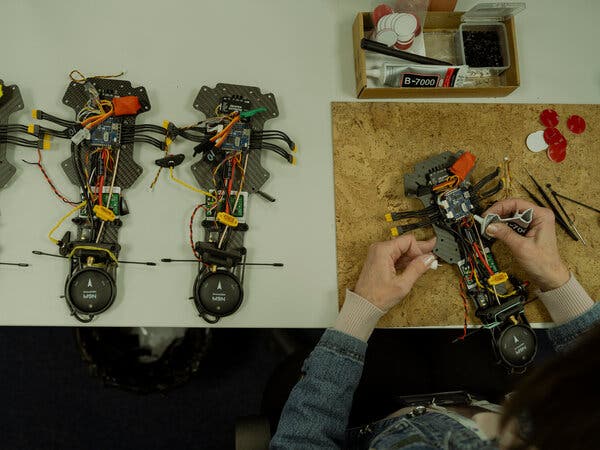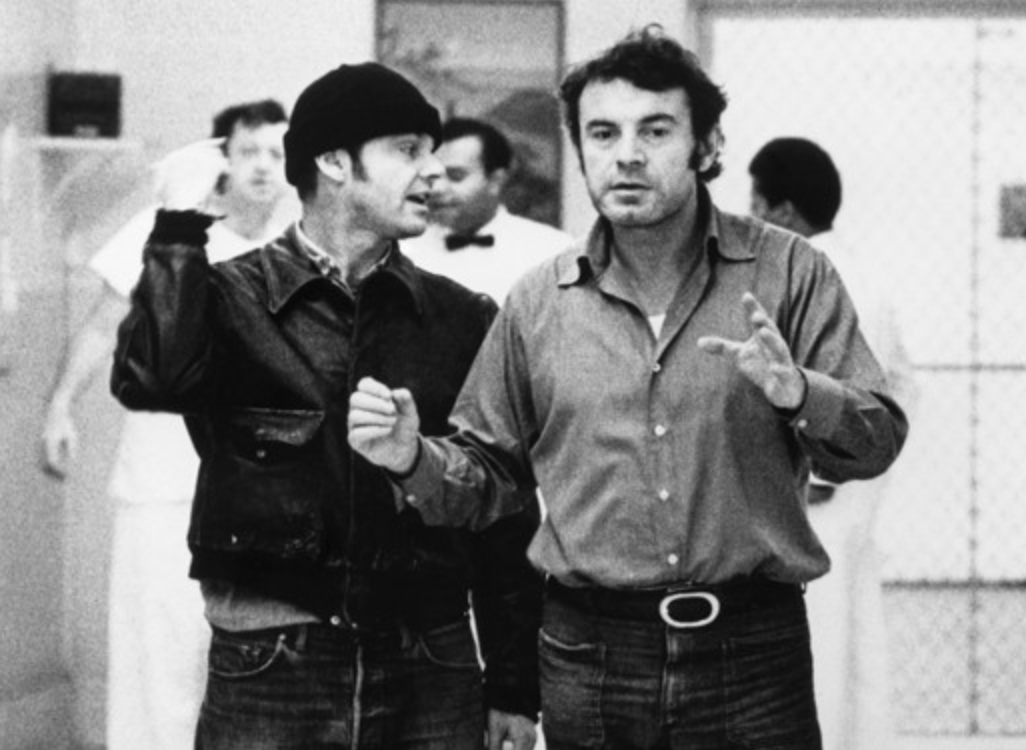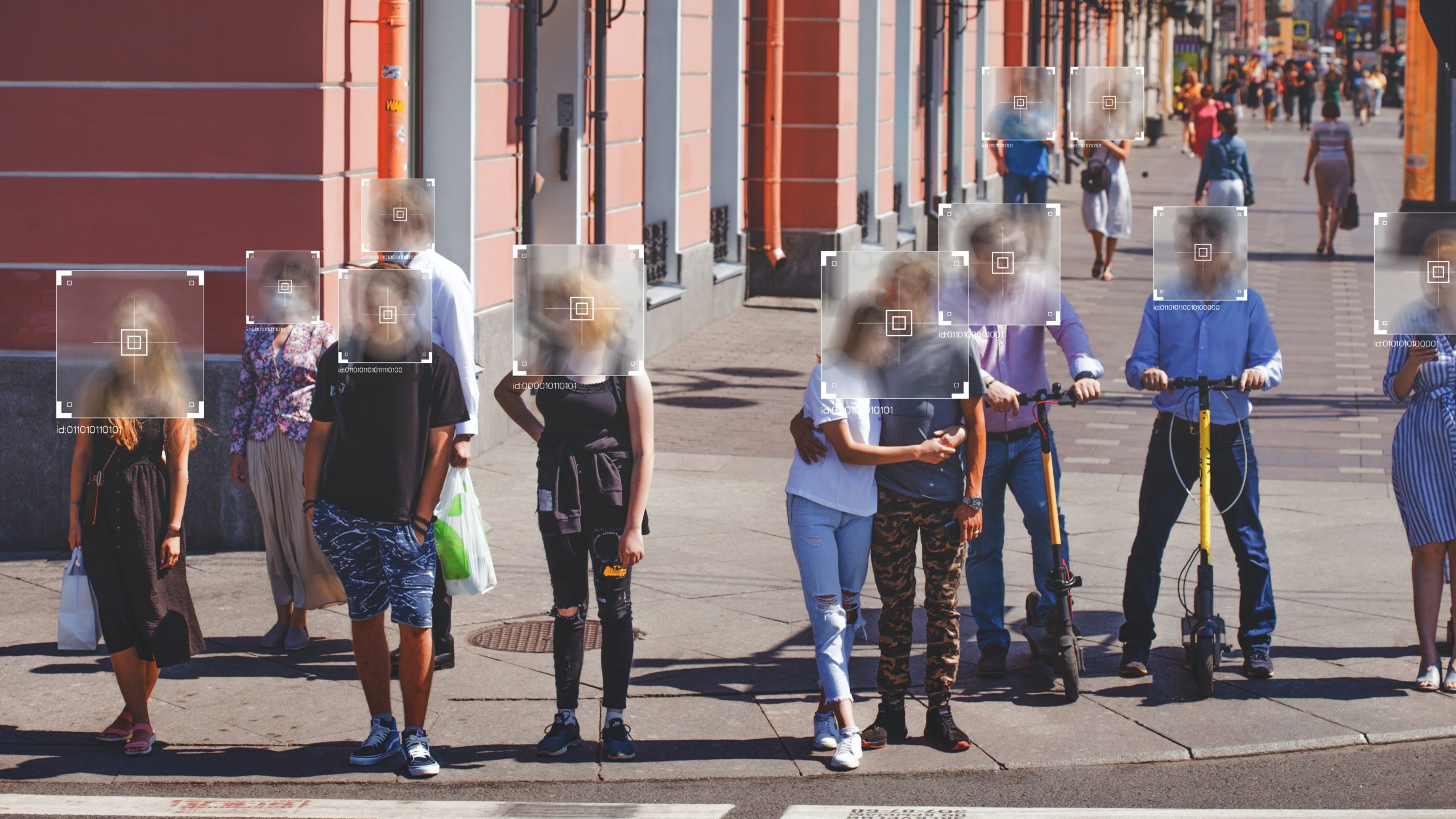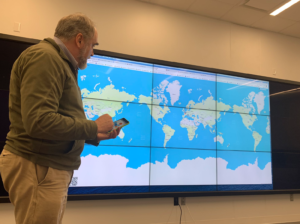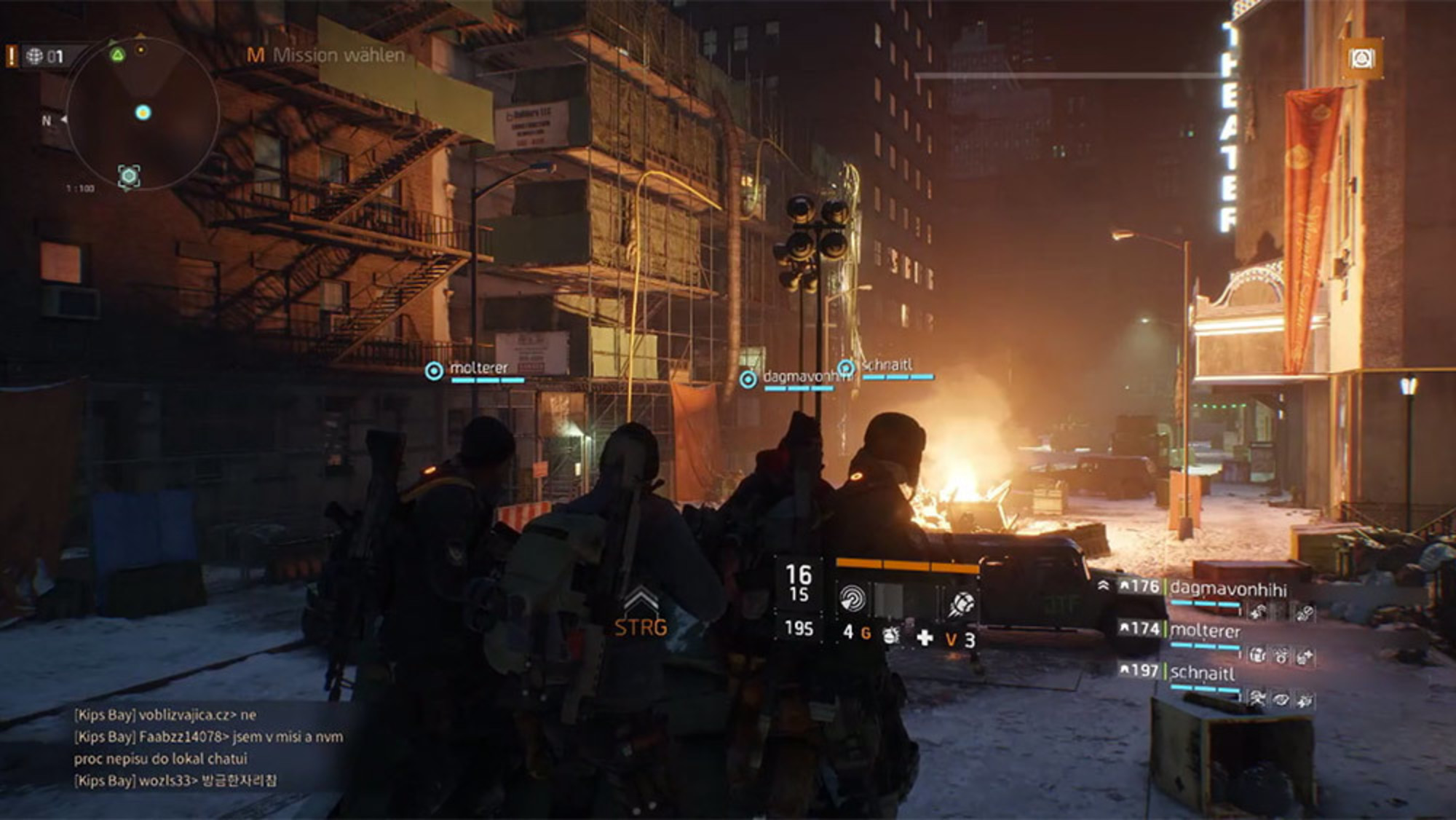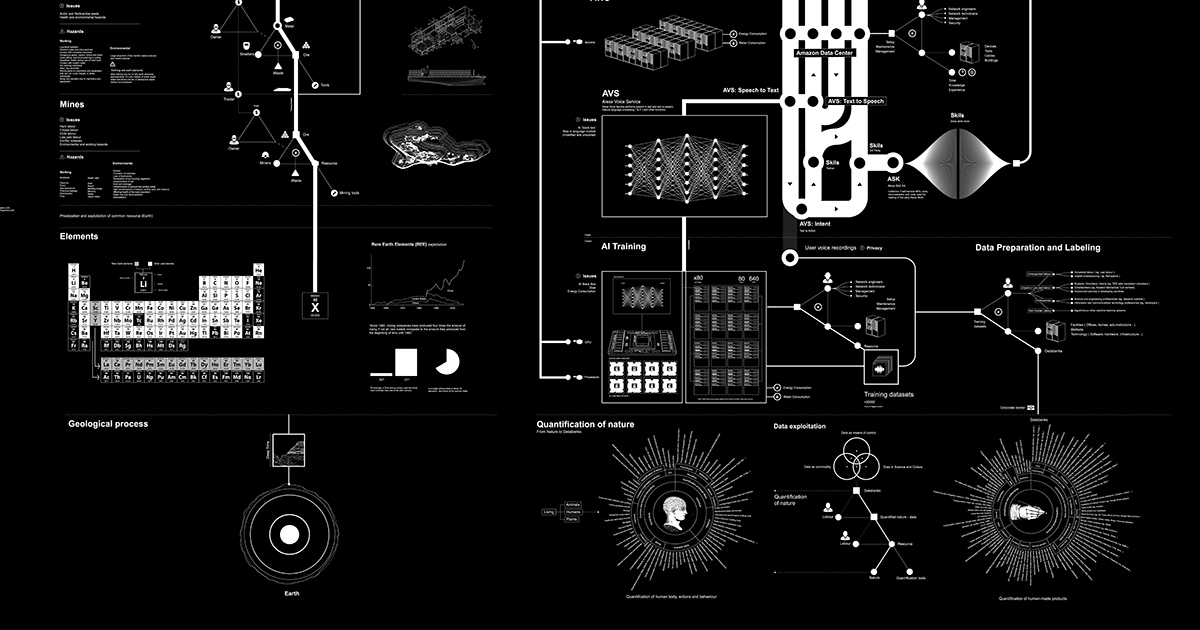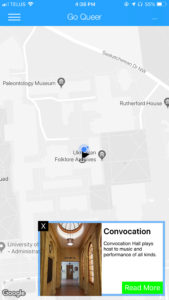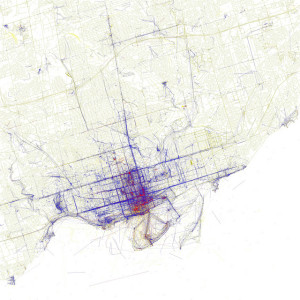Driven by the war with Russia, many Ukrainian companies are working on a major leap forward in the weaponization of consumer technology.
The New York Times has an important story on how, In Ukraine War, A.I. Begins Ushering In an Age of Killer Robots. In short, the existential threat of the overwhelming Russian attack is creating a situation where Ukraine is developing a home-grown autonomous weapons industry that repurposes consumer technologies. Not only are all sorts of countries testing AI powered weapons in Ukraine, the Ukrainians are weaponizing cheap technologies and, in the process, removing a lot of the guardrails.
The pressure to outthink the enemy, along with huge flows of investment, donations and government contracts, has turned Ukraine into a Silicon Valley for autonomous drones and other weaponry.
There isn’t necessarily any “human in the loop” in the cheap systems they are developing. One wonders how the development of this industry will affect other conflicts. Could we see a proliferation of terrorist drone attacks put together following plans circulating on the internet?
